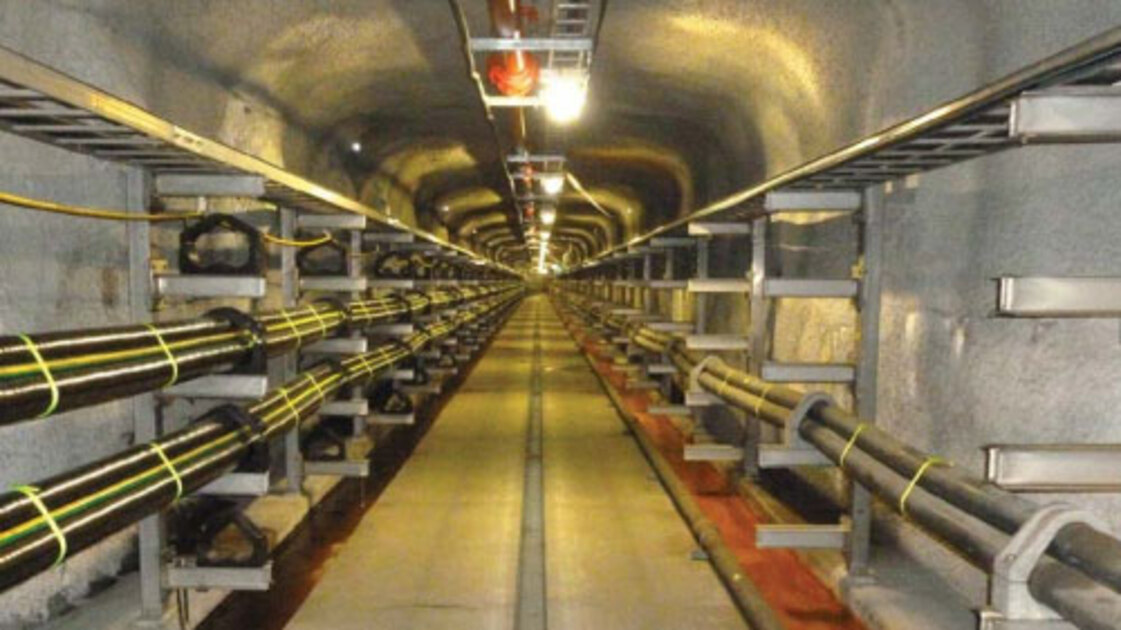CommScope
Case Studies
Enhancing Safety and Communication in Tunnel Construction with IoT: Ausgrid’s CityGrid Project
Overview
 |
Enhancing Safety and Communication in Tunnel Construction with IoT: Ausgrid’s CityGrid ProjectCommScope |

|
Networks & Connectivity - Radio Access Network Networks & Connectivity - RFID | |
Electrical Grids Telecommunications | |
Human Resources Maintenance | |
Onsite Human Safety Management Personnel Tracking & Monitoring | |
Operational Impact
| The implementation of the ION-M across the new tunnel eliminated the problem of radio silence between topside, maintenance, and tunnel teams. Workers now use a two-way radio and can access the tunnel without an escort, freeing up personnel for other tasks. The teams were no longer tethered to land lines, enabling them to complete multiple tasks simultaneously, which improved overall project deployment speed and productivity while reducing expenses. Tasks were dispatched from Ausgrid’s local project headquarters in Regent’s Park to field staff in seconds, not hours, eliminating the need for periodic land-line status calls or less frequent face-to-face surface returns. The technology also offers potential for further applications beyond the tunnel. | |
Quantitative Benefit
| Reduced the size of teams required to man tunnel exits and escort workers from three or four to typically one or two people, cutting costs by roughly half. | |
| Improved overall project deployment speed and productivity by enabling teams to complete multiple tasks simultaneously. | |
| Reduced waiting time for task dispatch from hours to seconds. | |


